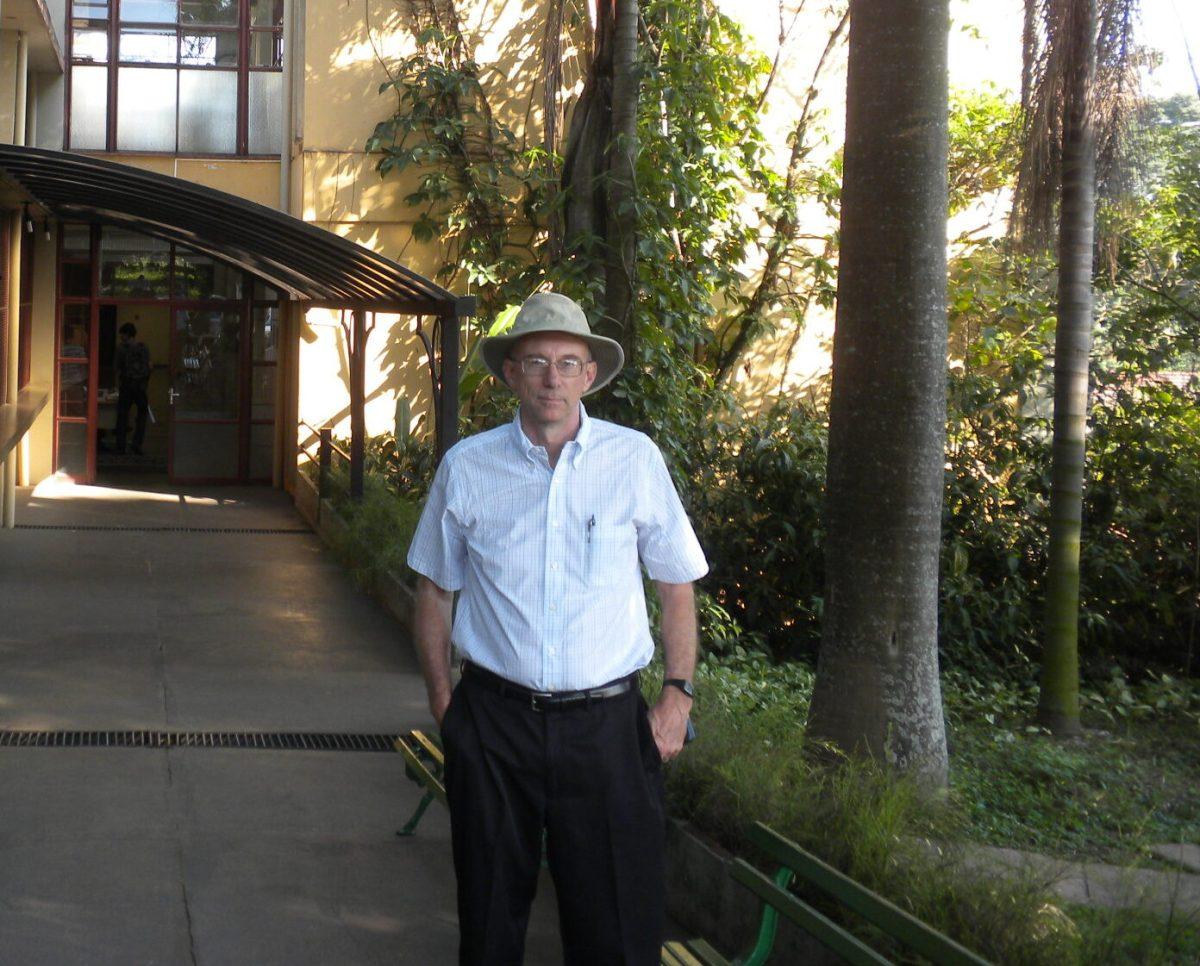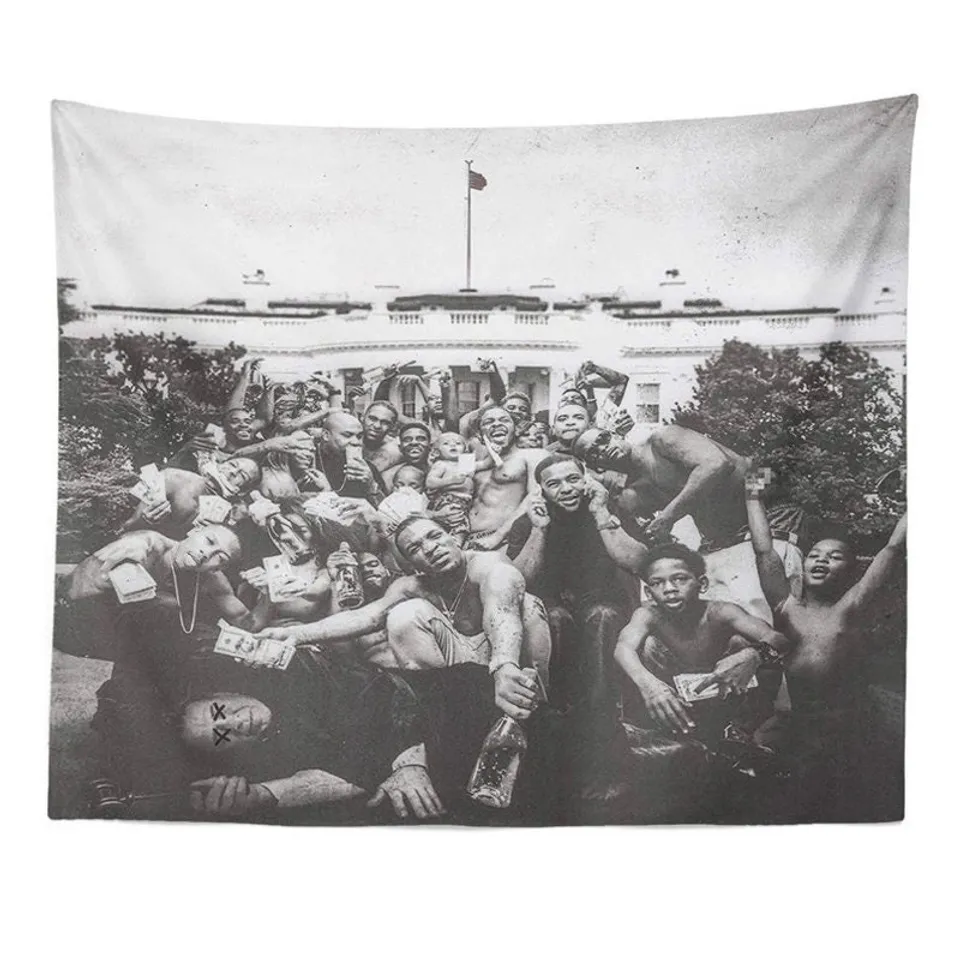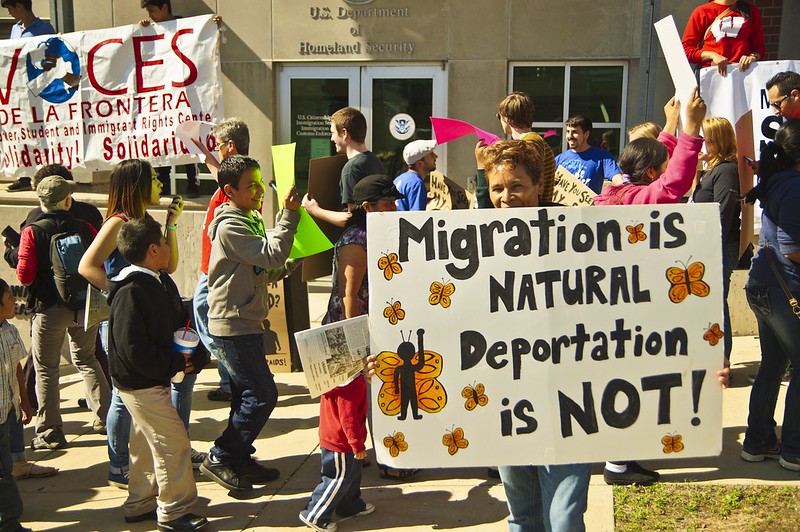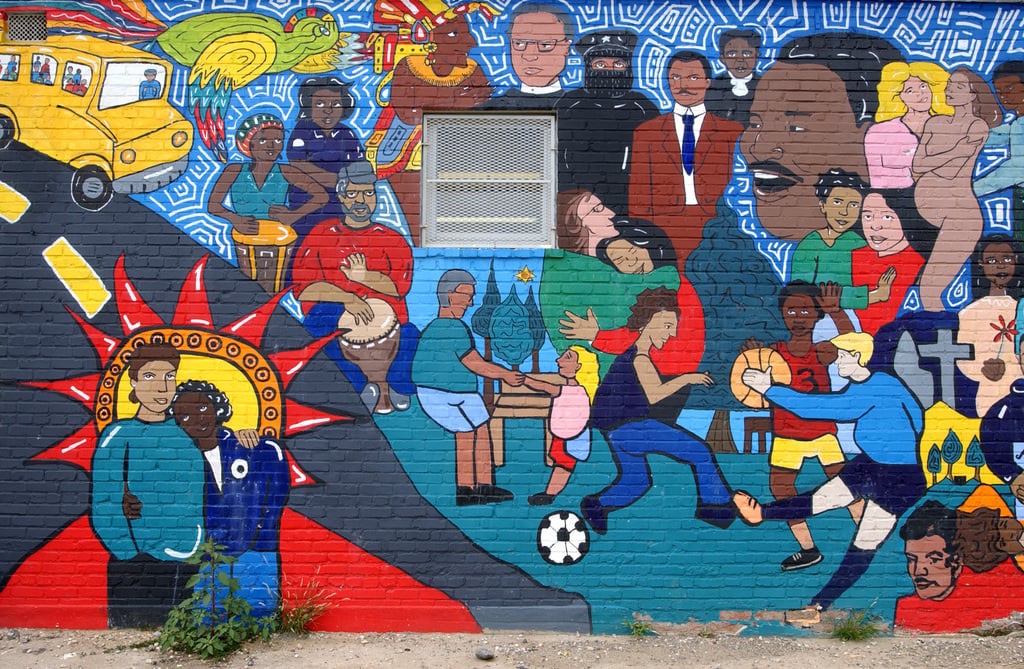Kevin Moye | Staff Writer
In the wake of the Silent Sam controversy that took place at UNC-Chapel Hill, black students across the Triangle (and nation) have reentered a fate that is as old as racism: the denial of said racism. This denial of racism often takes shape in the form of gaslighting.
Psychology Today explains gaslightings as “a malicious and hidden form of mental and emotional abuse, designed to plant seeds of self-doubt and alter your perception of reality.” It is based on the abuser’s need for power, control or concealment. In the case of racism deniers, the motive is often control; to control a narrative, or to control when change can occur.
A key trait of gaslighting used to control someone is shaming them to undermine their confidence, loyalty or intelligence. Once a victim succumbs to this type of shame, it is much easier for them to doubt their perception of reality. When thinking about racism denial in college, cries of “I’m not racist, you’re racist” or “You need a history lesson if you think this is racist” come to mind. Such comments do not attempt to create an intelligent dialogue. Instead, these comments are a method of attack.
Confederate monuments like Silent Sam were created as means of intimidating black Americans in times of racial tension. In the early 1900s—during which Silent Sam was erected in 1913—the statues were built to venerate the Confederacy, but also “implicitly symbolized slavery and white violence.”
The group that was responsible for the erection of Silent Sam, United Daughters of the Confederacy (UDC), is a neo-Confederate organization with the purpose of memorializing Confederate soldiers that fought in the Civil War, as well as white-washing the history of the Confederacy. During the time period when the UDC created Silent Sam, the organization held the belief that the Ku Klux Klan was a “heroic organization” that was needed to return order to the South.
Anyone with a modicum of analyzing abilities could interpret that at least a portion of the reasoning behind erecting confederate monuments was rooted in racism. To black students with family histories of being subjected to white violence and Southern racism, this is often the only message that these monuments hold.
The gaslighting black students have been exposed to is the combination of racist ideology and shallow-minded thought. In many cases, people who are doing the gaslighting are likely doing so out of ignorance. So many have bought into the narrative they peddle without doing any actual research of their own to see if their opinion is justified. While these cases are less insidious than conscientious gaslighting, they still have the same effect on the student as the latter.
Effects from gaslighting are not always immediately observed. Because the process is based on corroding one’s perception of reality, it can be slow to fully manifest itself. Once it does, the victim will have lost their sense of perception of trust in their own instincts. For black students, this could mean becoming complicit with racial abuse. Or even worse, it could instill permanent doubt and mistrust in themselves or the within their college community at large.
Fortunately for us, at universities there is almost always a cascade of varying opinions you can hear on any given topic. While some people will be dead set on pretending like there is not a problem, others can provide safe spaces to discuss and affirm problems regarding race.
On-campus resources like the African American Cultural Center, or even the Counseling Center are places where students to go to have their woes heard instead of denied. Another great resource we have as students is being so connected to like-minded people all around us. Simply hearing others talk about similar experiences they have had regarding racism on campus can make all the difference.
Racism denial is not something that will go away for the foreseeable future; however, we can get rid of its harmful effects by allowing ourselves access to the affirmation we need and deserve.













